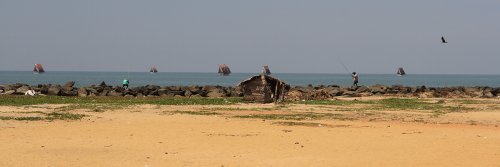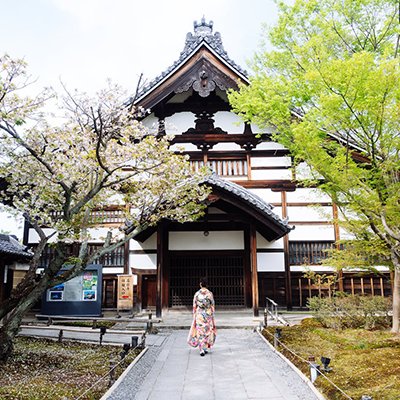Negombo originates from the Sinhalese word "meegamuwa," which translates to "village of honey." The legend goes that a swarm of bees invaded a boat, and where the boat eventually reached the shore is the area of Negombo. Instead, Negombo wasn't founded on honey but on cinnamon and spices growing wild in the jungle nearby.

Definitely not a glitzy strip screaming out to be visited, Negombo is a time-out space to acclimatize to the heat, get a taste of the curries that Sri Lanka is famous for, and meet the locals. It's the perfect layover point for exhausted travelers landing at the international airport, Colombo Bandaranaike, only 20 minutes away, before embarking on a Sri Lankan experience. Negombo is the closest town to the international airport, and one that visitors, in their haste to get to the well-known areas of interest or other beaches, usually avoid. But I think it’s worth exploring, if only for its picturesque and buzzy fishing village set by the Indian Ocean's edge where the scattered boats resemble a "Waterworld" (Kevin Costner's movie) of eons ago, instead of in the future.
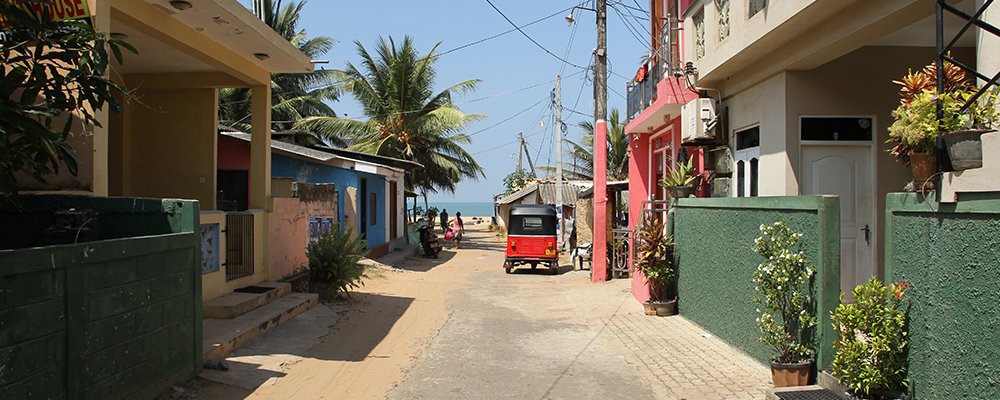

Located north of the commercial hub of Colombo, Negombo is a hoi polloi of its past aggressors; the Moors, the Portuguese, and the Dutch. All have played a part in the history of the town, as can be seen from the various forms of architecture in its buildings, such as the Dutch Canals fed by the Negombo Lagoon lined with old fishermen's huts and the prison, once a 17th-century Dutch Fort. In later years came the British, the Europeans, and eventually immigrants from India who created Sri Lanka's most important fishing port.

A slow and sleepy seaside village, there's only a tiny sparkle of tourist glitter in the array of beachfront hotels built in a hodgepodge of styles. It’s where huge black crows swarm, instead of seagulls, like the birds in Alfred Hitchcock's movie "The Birds." They are literally everywhere. Big, black apparitions that squawk and swoop. Numerous lazy brown cows meander as they graze on the small, sometimes green, apron of this long stretch of sandy beach. The foreshore is littered with tall, square-masted traditional fishing boats, which can be seen throughout the day and at sunset, gracefully gliding across the horizon like ghosts from another era.
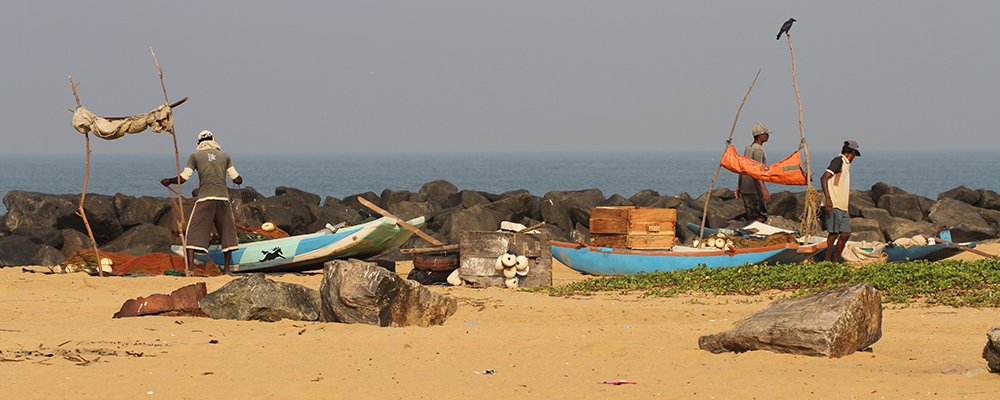
Early morning walks along the beach are predominantly solitary as the vast sandy foreshore appears deserted, apart from the odd cow slouching along or a skinny dog sleeping. When the fishing boats' beach mooring site comes into view, there is some local activity amongst the scattered thatched huts built for sun protection. There was an endless parade of men, women, and even children, bustling around each boat as it came in, laden with its nets full of jumping fish. Silvery sardine-sized fish glitter in the bright sunlight, either sitting in hand-woven baskets or being seized by brown weather-worn hands from scattered fishing nets on the sand. The fishermen's natural dark skin glistened with perspiration as they laboriously picked out individual wriggling and squirming fish that were caught in the nets, despite vigorous shaking. It's here that many fishermen sell their catch to the locals in a rambling ad hoc market atmosphere, unlike the large commercial fishing boats that head for Negombo's large and famous fish market where every sea creature that can be caught in a net is up for sale in a messy and bloody affair.
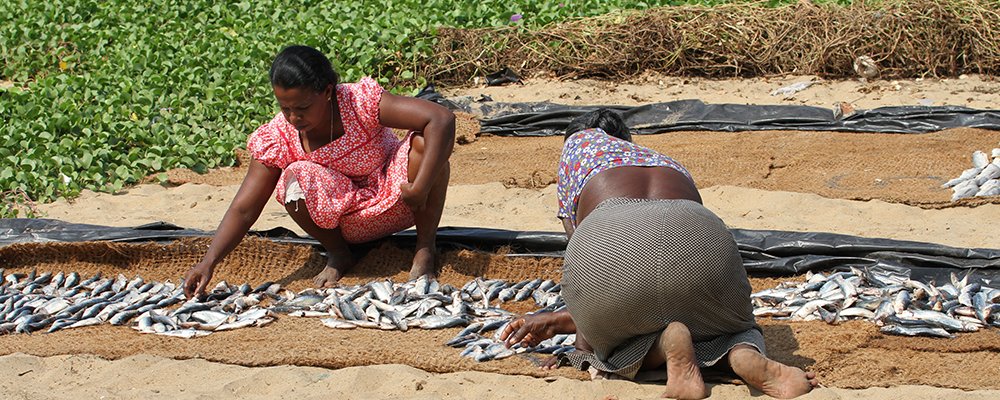
During the day, Negombo Beach becomes stuffy with the haze from the sun. It's almost impossible to walk in bare feet on the scorching sand. The local fishermen hide in the shade of the huts to mend their nets, ready for the next day's sea journey. Despite their constant toiling in the heat, the fishermen flash white-toothed grins toward tourists curious about what they are doing. With the odd tourists included, local youngsters indulge in beach volleyball games; they are drenched in sweat but laugh all the time. Women in bright dresses, many with head scarves, lay fish out on matting for them to dry in the sun.

It is a brightly splashed, colorful scene baking in a shimmering heat that will have you running across the scorching sand for a refreshing dip in the Indian Ocean. Or, heading for one of the beachfront hotel bars for anything cold to throw down your throat. The main hub of this area is a single road where carts jostle for space with cars and buses, as well as the garbage truck that's constantly stopping to allow its men to run off and grab the overflowing garbage bins from the curbs. Leather goods for sale spill out of shops, and quaint cafes dot the corners of the streets.
Open rustic bars will have you slurping on the local coconut arak that makes your hair stand on end. And, indulging in lobster soup is a drool-worthy event that is not to be missed.
Gail Palethorpe, a self proclaimed Australian gypsy, is a freelance writer, photographer and eternal traveller. Check out her website Gail Palethorpe Photography and her Shutterstock profile.

